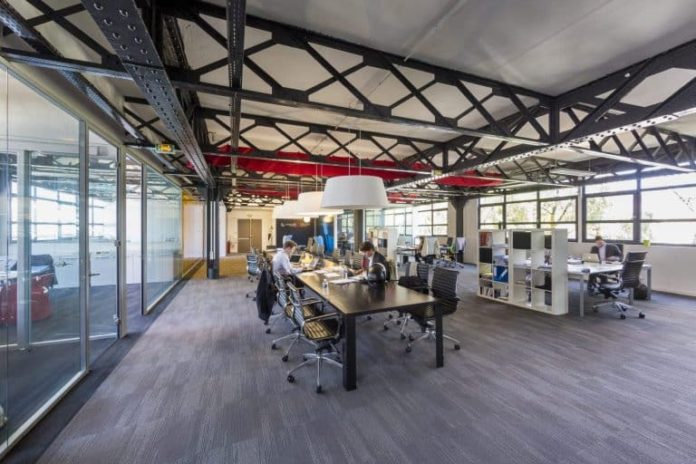Why should you work in an ecological office
In the midst of the global climate crisis, the promotion of sustainable spaces is more important than ever. But eco-friendly workspaces are not only good for the environment, they are good for the people who work there.
Our way of life and the workspaces we occupy offer many possibilities for productive environmental change. The good news is that much of this change is incredibly easy to implement with massive gains, ranging from reduced environmental impact to dramatic reductions in spending and serious health benefits .
What is a green office?
An ecological office is a sustainable office. This means that the workplace takes into account its impact on the environment and takes the necessary measures to ensure energy efficiency and reduce emissions. From a simplified point of view, green desks are just that: they are green, largely because of the visible inclusion of plants.
Durability
The sustainability of a building depends on the integration of energy saving elements such as intelligent lighting systems and HVAC technologies, in order to make the building as energy efficient and clean as possible. The use of recycled and reused materials in the design of a building is also a contributing factor.
Many new buildings adopt more stringent environmental certifications, making them relatively energy efficient from the start. The certification of a building is a good indicator of its level of efficiency, while certifications like ISO 14001 verify the level of environmental consideration of the companies that construct and fit out these buildings.
Biophilic design
Biophilic design is the incorporation of natural materials and elements into the built environment, bringing the outside world inside. Human beings need to be exposed to nature, and the incorporation of natural light, vegetation and raw materials into a space promotes the well-being of people in that space.
Many people think of indoor plants when they think of biophilic interiors. But this concept extends far beyond the walls of living plants and indoor trees, encompassing elements like sound, air flow and circadian rhythms. This is the object of our reflections which integrate design thinking into our approach to the design of workspaces.
Numerous recent studies have shown that the sustainable development of workspaces is as good for its occupants as for the environment. The health benefits and productivity gains combined with a lower ecological impact militate to push this strategy further.
Health benefits
As early as the 1960s, experiments demonstrated the ability of plants to improve air quality, and even to purify water. Incorporating plants into offices can reduce dust levels by up to 20%, as plants remove particles from the indoor environment. Office flora can also help increase humidity by up to 30-60%, which is necessary for human health.
In fact, the biophilic conception has a restorative power. Hospital patients recover faster when they can see the natural landscape through the windows. Workplaces with biophilic components allow employees to take less sick leave. Architectural office designs that incorporate ecological aspects minimize stress levels, reduce mental fatigue and improve mood.









